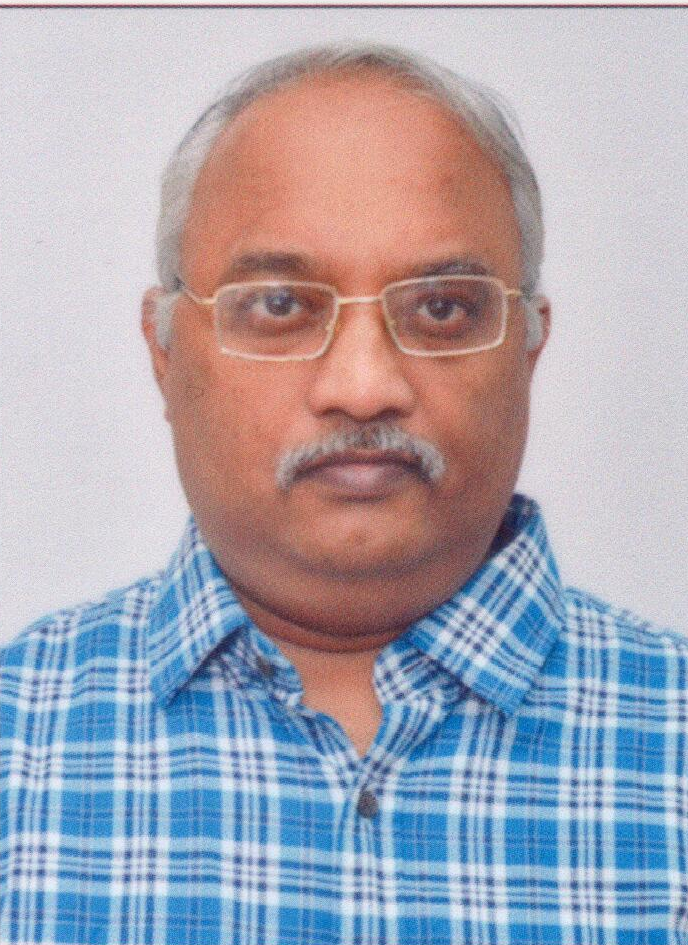
Professor
E-mail: deepak at rcb dot res dot in
Molecular determinants of genomic integrity and plasticity
The blueprint of life is resident in the genome of every organism. For all cellular processes to function optimally, the integrity of the genome has to be maintained. Conversely, plasticity in the genome can relieve selection pressure imposed by an adverse environment. These two conflicting requirements have led to the presence of molecules and pathways that either prevent or facilitate changes in the genome. The antagonistic action of these two different sets of molecules probably ensures that genomic plasticity is calibrated to endow adaptive capability without severely compromising genetic viability. We aim to unearth the mechanism utilized by these molecular throttles of evolution to achieve function. These studies will provide valuable insights into how organisms evolve and adapt to the environment.
The biological processes under scrutiny in the laboratory currently are (i) Stress- Induced mutagenesis (ii) Stress- induced epigenetic modifications (iii) Transposition (iv) Mechanism and fidelity of replication of the RNA genome of the Japanese Encephalitis Virus (JEV) (v) Nucleotide Excision Repair (vi) DNA Mismatch Repair (vii) Regulation of recombination frequency. The first three processes are responsible to enhancing phenotypic diversity to allow presentation of multiple phenotypes for natural selection and thus drastically heighten the probability of adaptation. The last three processes ensure that the integrity of the information resident within the genome is maintained. The fourth process- replication of the JEV genome- may be accurate and error-prone during different stages of genome duplication.
Using X-ray crystallography as the primary tool in conjunction with relevant biochemical methods and allied biophysical techniques, we aim to provide structural insight into the mechanism of action of enzymes/enzyme-complexes that are critical in each of these processes. Through ongoing and new collaborative efforts, we aim to shed more light on the relation between biochemical and structural properties of these enzymes and their observed and predicted roles in physiology. A clear mechanistic understanding of the activity of these molecules will provide deep insight into how these molecules impact the ability of an organism to survive and propagate in diverse environments. About 155 years ago, Darwin had postulated that new species arise through natural selection of genetic variations. Through studies on molecules that influence the appearance of these variations, we aim to contribute towards developing a deeper and more fundamental understanding of how organisms evolve and adapt.
Dr. Deepak T. Nair
Professor
Regional Centre for Biotechnology
NCR Biotech Science Cluster
3rd Milestone, Faridabad-Gurgaon Expressway
P.O. Box No. 3, Faridabad - 121 001
Haryana (NCR Delhi), India
E-mail: deepak at rcb dot res dot in
Phone: 91 129-2848844